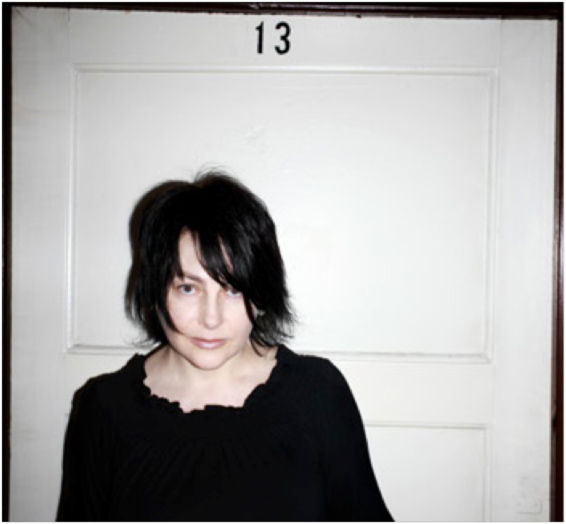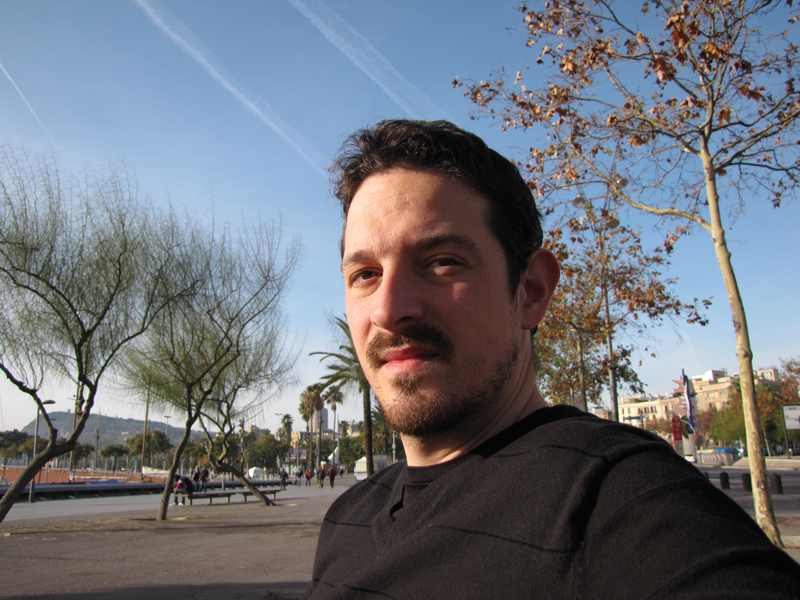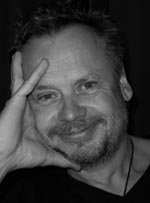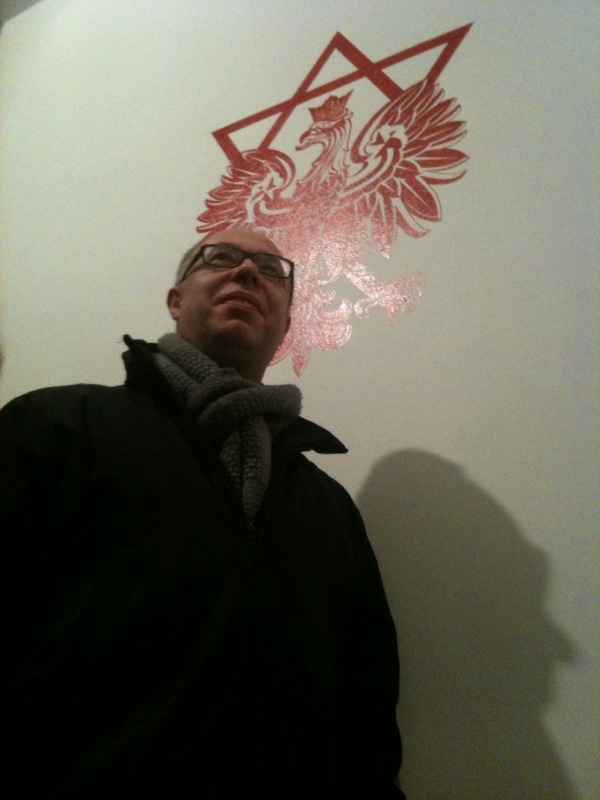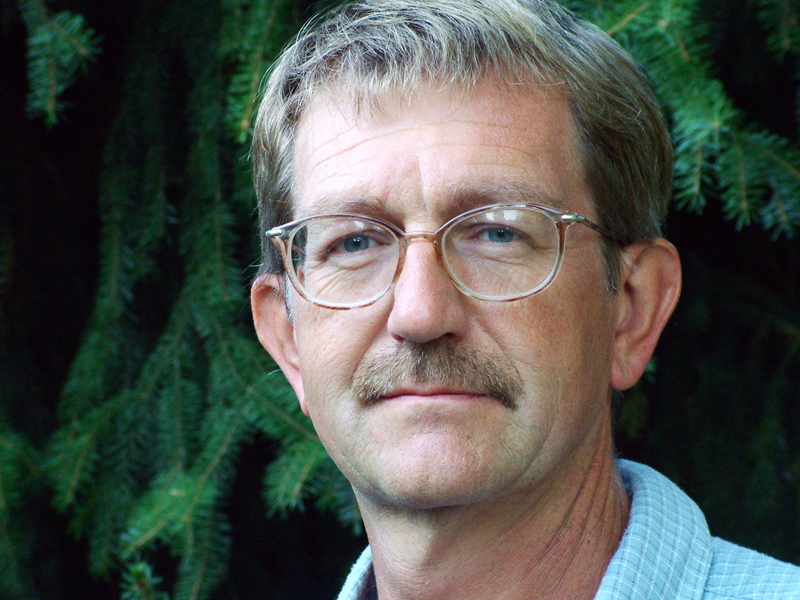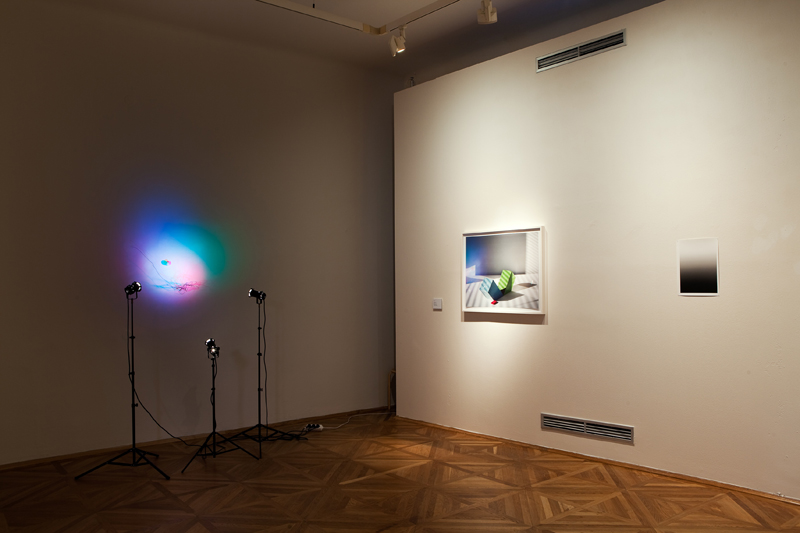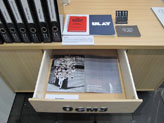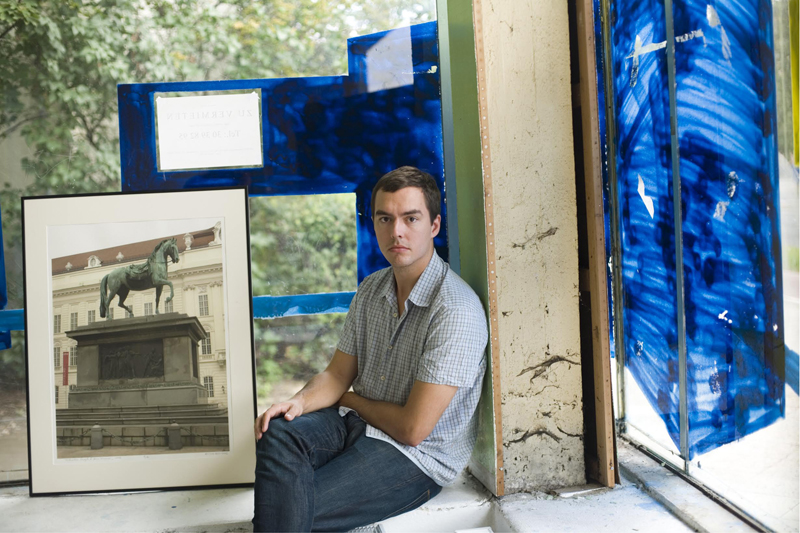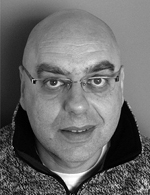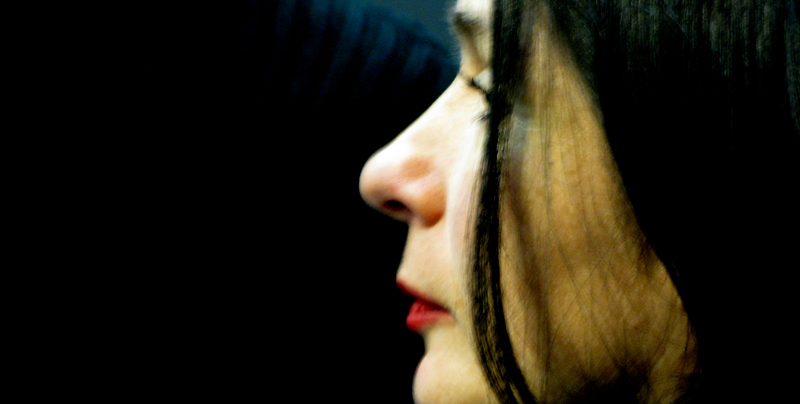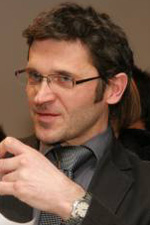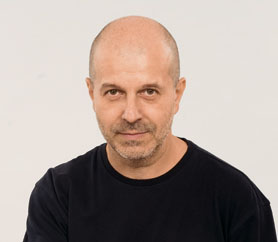Interview with Aneta Szylak
Aneta Szylak is a curator and writer, and co-founder and current director of Wyspa Institute of Art in Gdańsk. After co-founding and running the ?a?nia (Bathhouse) Centre for Contemporary Art (1998-2001). she pursued a career as an independent curator and researcher. In 2005, she received the Jerzy Stajuda Award “for independent and uncompromising curatorial practice.” Syzlak has taught and lectured at many art institutions and universities. including New School University, Queens College. New York University, Florida Atlantic University, Goldsmith College, and Copenhagen University. She held the position of a guest professor at the Akademie für Bildende Künste in Mainz. Currently … Read more

